1. Union of the "Snakes"
Captured in a microscope photograph submitted to National Geographic's My Shot photo community by U.K.-based Greg Parker, two strands of the snaking Spirogyra algae sexually reproduce. So-called conjugation tubes link the strands' cells, allowing them to exchange genetic information.
Often seen floating in thin strands on freshwater streams and ponds, Spirogyra cells are filled with chloroplasts - packets of chlorophyll that allow the plants to generate energy via photosynthesis - whose spiralling shapes give the genus its name.
Why We Love It
"Water bottles? Art? A view into the microscopic world that surrounds us is at once alien and familiar." - Sarah Polger, senior photo editor
"These slimy algal cells are quite beautiful under the right lighting (and magnification)." - Chris Combs, news photo editor
2. Pecking Order
Greater adjutant storks crowd a dump as a woman hunts for rags to sell in Guwahati, India, on May 10. Overall, though, it's the storks that are being crowded out, as development drains wetlands that have long made Guwahati home to the world's largest concentration of the species.
Why We Love It
"These vulturous storks loom so close to this woman it seems like they're stalking her. The way people and animals coexist in urban areas is so fascinating." - Janna Dotschkal, associate photo editor
"The tension and strong sensation of this photo makes it almost look like a scene from a dystopian film - when the storks take over the world." - Echo Xie, photo intern
3. Road to Ruin
The carcass of a Sumatran elephant blocks a palm-oil plantation road in Indonesia's Aceh Province on May 1.
Listed as critically endangered by the International Union for Conservation of Nature, Sumatran elephants and humans are butting heads more and more in Indonesia as tropical forests are increasingly tapped for natural resources. This Asian elephant subspecies could be extinct in the wild within 30 years, according to the international conservation organization WWF.
Why We Love It
"The brooding, shadowed trees help tell the story on a subconscious level." - Chris Combs, news photo editor
"By leading our eyes through the bushes, the photographer makes this giant creature look so fragile and helpless." - Echo Xie, photo intern
4. Amazon Head Waters
A boy of the Yawalapiti people cools his head in the Xingu River in Brazil's Mato Grosso state on May 9.
Last month saw the start of preparations for the Yawalapiti ritual of Quarup, a multiday August celebration posthumously honouring people of importance to this Amazon Basin culture. Men caught fish to dry and store, while others stockpiled flour made from roots of the cassava plant.
Among the 2012 Quarap honourees will be a non-Indian: Darcy Ribeiro, an author, anthropologist, and politician who advocated for Brazil's indigenous peoples.
Why We Love It
"Capturing the boy as his head hits the water seizes a great moment, but the play of light and dark across his tattooed body adds a unique dimension." - Monica Corcoran, senior photo editor
"The lighting hides the branch in shadow and makes this photo more interesting ... When I first looked at it, I saw a perfect stop-motion of the boy diving into the water. Not until later did I realize he's only dipping his head in." - Echo Xie, photo intern
5. Heaven's Gate
Open as if in invitation, a gate points the way to India's Taj Mahal in a picture posted on May 10 to National Geographic's Your Shot online photo community.
Though the mausoleum appears to be materializing from mist, it was painstakingly constructed, stone by stone, in the 17th-century - Mughal Emperor Shah Jahan's immortal tribute to his wife Mumtaz Mahal, who had died in childbirth.
Why We Love It
"I really enjoy this unique perspective of the Taj Mahal: Its majesty and grandeur is almost lost behind an eerie, barren foreground. The barbwire gate, slightly ajar, and the sea of fog behind it give this image an especially spooky feel." - Ben Fitch, associate photo editor
6. Escape
An improvised amusement park offers a rare flight of fancy for children in a slum on the outskirts of Islamabad, Pakistan, on May 11 - including a girl (center) whose family fled their village after militants and security forces began clashing there.
Why We Love It
"There is an underlying tension in this photo ... The girl seems conflicted by her emotions and confused by her environment." - Monica Corcoran, senior photo editor
7. Spring Awakening
Saffron crocuses outside Sarajevo signal spring in Bosnia and Herzegovina for photographer Denis Ruvic, who submitted this picture to National Geographic's Your Shot photo community on May 7. (Download flower pictures as wallpaper.)
Why We Love It
"The flash helps balance this picture's composition by giving us something to look at in the top of the picture. It's nice to see a filled-out frame in a landscape photo." - Chris Combs, news photo editor
8. Adrift
Residents paddle a makeshift boat as flames claim houses in a Manila slum on May 11. At least a thousand houses were razed in the fire - the cause of which is yet unknown - leaving some 5,000 Filipino families homeless, local media reported.
Why We Love (?) It
"Some photos can't ever be loved, but they can be appreciated for bringing insight into another human being's life and for fostering empathy when tragedy strikes." - Monica Corcoran, senior photo editor
9. Sand and Snow
Ice formations known locally as penitents - after spiked hats warn by the Nazarenos Christian brotherhood (picture) - glow by night in Chile's high-altitude Atacama Desert.
The formations are thought to form when snowpack heats unevenly and sublimates - converting directly from solid ice to gas - in patches, leaving behind blades up to about 16 feet (five meters) tall.
Why We Love It
"I love photos that make me question what I'm seeing. Are these ice formations on Mars or salt sculptures in a desert? Shooting this stark landscape by the light of the moon gives the photo an otherworldly aura." - Monica Corcoran, senior photo editor
10. Handle With Care
A U.S. soldier holds an improvised explosive device (IED) before destroying it in Afghanistan's Zabul Province on May 24. (Pictures: "Military Medicine.")
Why We Love It
"How could something so crude cause so many casualties? The tight composition and monotone palette give this photo a simple and subdued feeling. The image belies how powerful the IED truly is." - Monica Corcoran, senior photo editor

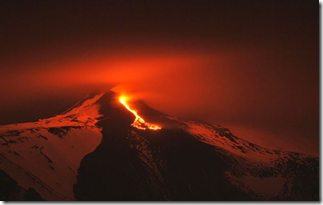
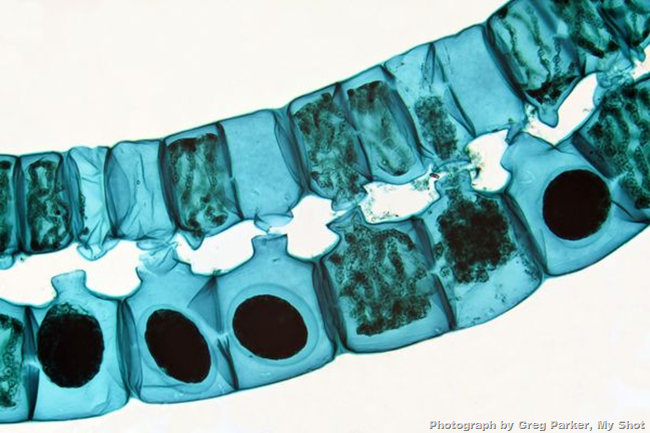
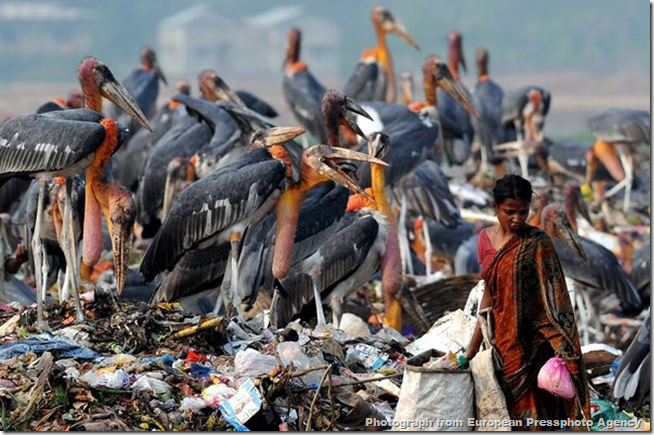
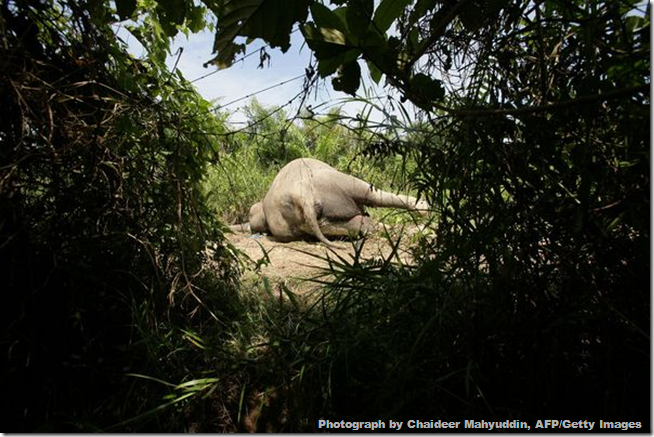


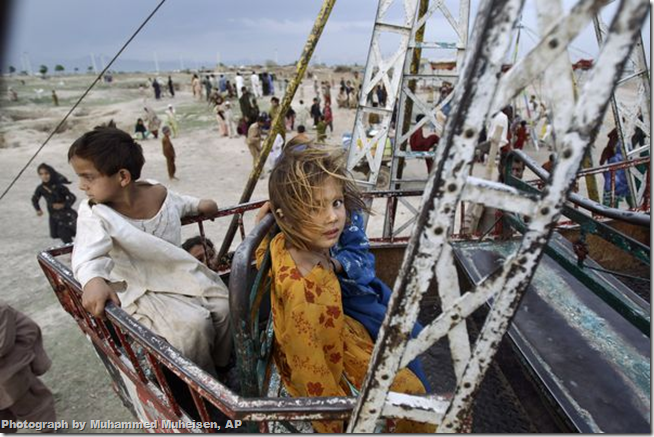

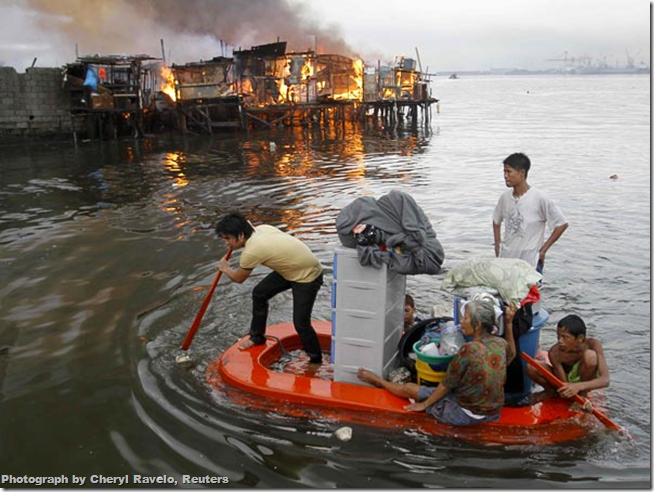
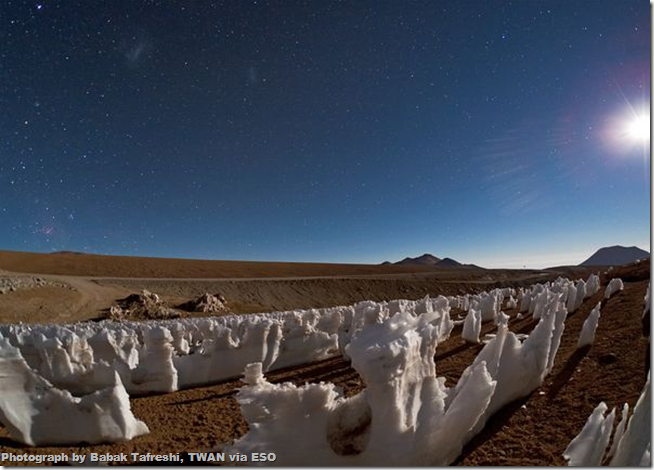
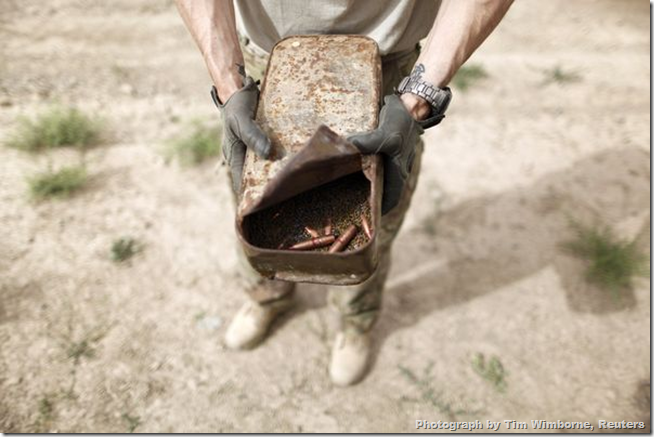
No comments:
Post a Comment
Please adhere to proper blog etiquette when posting your comments. This blog owner will exercise his absolution discretion in allowing or rejecting any comments that are deemed seditious, defamatory, libelous, racist, vulgar, insulting, and other remarks that exhibit similar characteristics. If you insist on using anonymous comments, please write your name or other IDs at the end of your message.